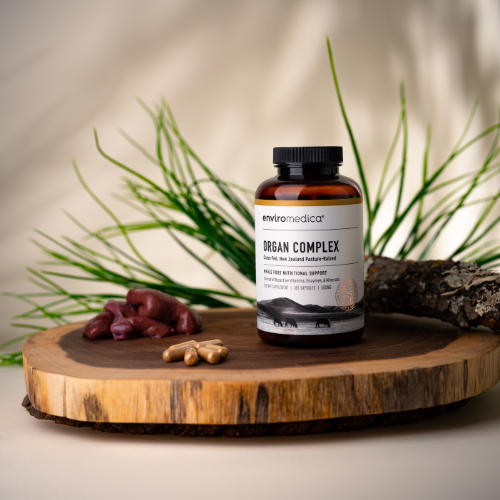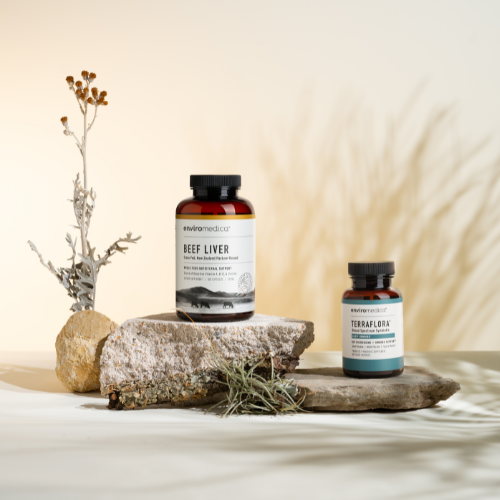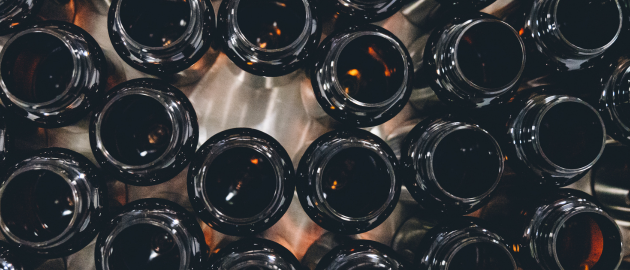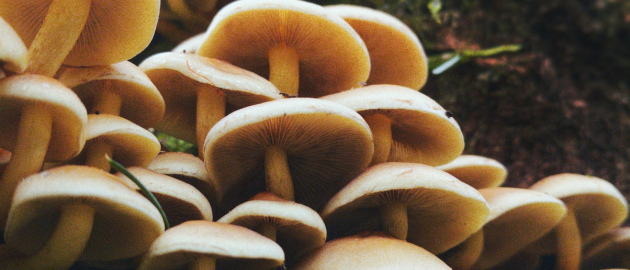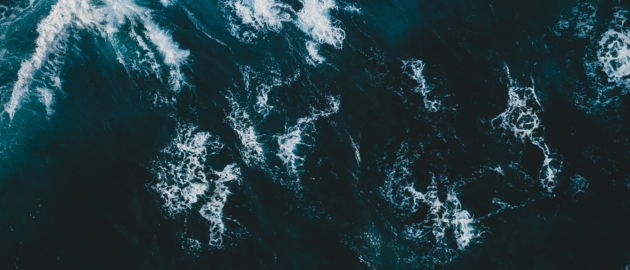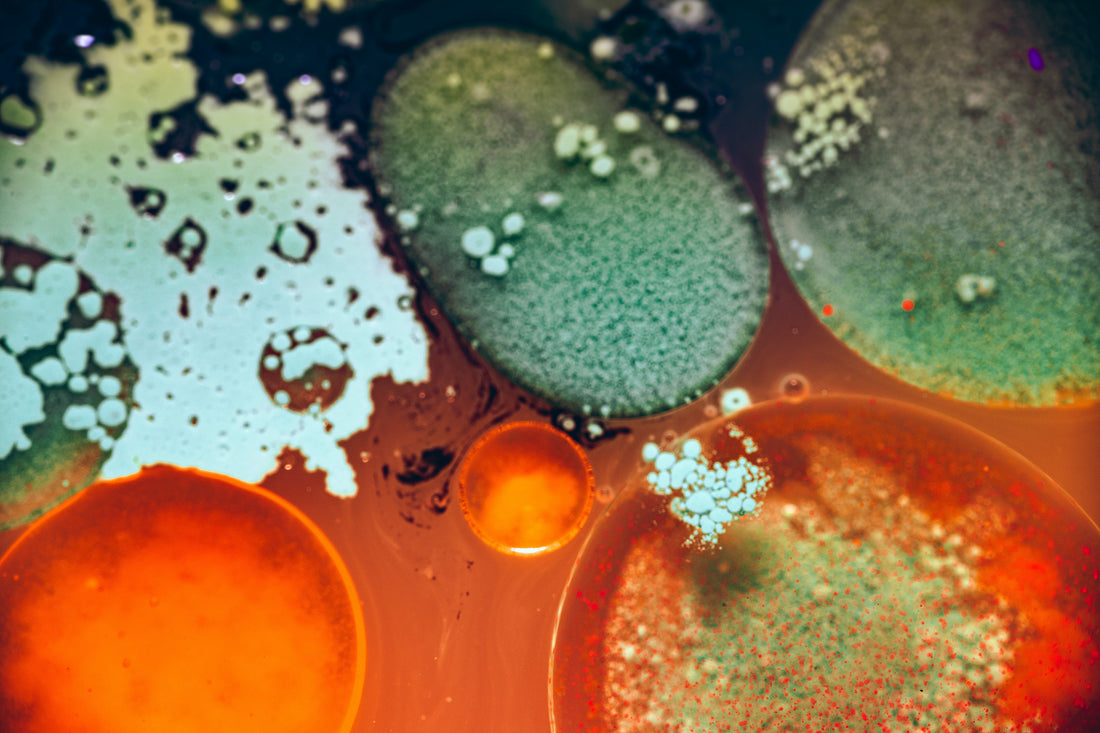Is all bacteria bad?
The popular belief of germ theory is that the correct way to strengthen your immune system is to ‘kill off all of the germs.’ However, a bit of medical history reveals a very different story. A French biologist named Antoine Bechamp was a prominent teacher in the 1800’s who studied and taught cell biology. He would be much more of a recognized figure today, had Louis Pasteur not introduced ‘germ theories.’ Pasteur researched information on the germ theory of disease and is known for developing what is known as pasteurization, the process of removing bacteria from food and drink. Louis Pasteur went so far as to claim he “discovered” germs.
Pasteur concluded that every kind of fermentation produced contains one specific germ. He classified germs with having a definite unalterable function. This set the stage for modern pharmaceutical interventions for fighting off illnesses, killing “bad” bacteria. He cleared the way for modern germ theory, sanitization practices, and pasteurization (processes of killing off all bacteria, good and bad).1
Bechamp, on the other hand, believed that the nature of germs is ever changing, depending upon the environment. Bechamp proved that every microorganism varies in conformity with the medium in which it finds itself. A viewpoint now known as Terrain Theory. He also showed that microorganisms, under varying conditions, even change their shape. Unlike Pasteur, who classified germs as being unalterable. 2 This is important information, as many germs are healthy, but can morph into viruses, bacterial infections, and even cancers. We now know that the body is host to over 100 trillion microorganisms, more than 10 times the number of human cells in our bodies, and these organisms play a host of vital functions, from triggering our immune system to providing vital nutrients. As history would have it, mainstream medicine ultimately chose Pasteur’s flawed theories, and from these sprang many western medical interventions. 3
Bacteria found in man and animals do not cause disease. The have the same function as those found in soil, sewage, or elsewhere in nature; they are there to rebuild dead or diseased tissue, or rework body wastes, and it is well known that they will not and cannot attack healthy tissue. They are as important and necessary to human life as those found elsewhere in nature. 4
Many drug resistant infections and inflammatory disorders stem from our modern-day war on germs. These early “microbe hunters” couldn’t discern the difference between simple bacteria, larger more sophisticated parasites, and fungi. Early germ theorists mistakenly assumed that viruses were infectious microorganisms that were too tiny to even see with the most powerful lenses. Out of these assumptions, came an attack on all bacteria. In the 50 years since antibiotics have come into widespread use, we have bred varying levels of drug resistance, into every known kind of disease-causing bacterium. 5
We saturate our livestock with antibiotics, and therefore we consume antibiotics in our food. We routinely treat with antibiotics for everything from ear infections to common colds. A strong case is now being built, to show how the current epidemic in inflammatory diseases stems from our long-standing war on germs. We are experiencing a rise in allergies, asthma, and inflammatory bowel conditions that were not present before the 1800’s. We are also experiencing a dramatic increase in dozens of autoimmune conditions. These inflammatory disorders remain rare in regions where people have more contact with soil, and are not consuming processed foods. 6
Jeffrey Leach from The Human Food Project, and Author of “Honor Thy Symbionts”, 2003 discusses the impact our modern hygiene practices have on our immune health, and the symbiotic relationship with our beneficial microbes. Currently, 50% of our population are now living in urban settings. The shift to urban settings is characterized by an increase in cleanliness, sanitation, and the consumption of highly processed westernized foods. According to Leach, we are essentially scrubbing the soil from our bodies, our food, and this is throwing our immune system into overdrive. 7
As we unwild our bodies, food and lifestyle, we reduce diversity-changing the time-honored symbiosis of ‘us and them’ on which our immune system came to depend. 8
The current approach to germ theory medicine is one in which disease is treated as its own isolated entity–a reductionist approach. Leach suggests that a new paradigm in medicine needs to take place. One that considers an ecological perspective on health. We need to realize that we are a vast, complex community with hundreds of varying bacterial species and genes. The potential loss of diversity and species of microbes has a global impact on all our ecosystems, including a massive impact on our internal ecosystems. 9
Many of our modern acute and chronic diseases may be a result of an imbalance within the microbial world. According to Leach; The 16 papers recently published as part of the Human Microbiome Project – not to mention hundreds of other papers published in the last few years alone – suggest that we need to start rethinking what makes us sick. 10
A new understanding of the microbial world is unfolding. Organisms once that to be single entities, are now seen as more complex structures which we have evolved with. Our largest microbial populations live in our gut. These complex communities carry out many different functions for us; they boost our immune health, ward off pathogens, help provide and synthesize vitamins, aid in digestion, and even affect our learning and behavior. 12 Not only are changes associated with antibacterial agents being found in the gut microbiome. There is also an antibiotic resistance threat associated with their use.
Antibiotic resistance is increasingly widespread, largely due to human influence. Researchers examined the relationship between antibiotic resistance genes and the antimicrobial chemicals triclosan, triclocarban, and methyl-, ethyl-, propyl-, and butylparaben in the dust microbiome. They observed six significant positive associations between the concentration of an antimicrobial chemical and the relative abundance of an antibiotic resistance gene, including one between the antimicrobial triclosan and erm(X), a 23S rRNA methyltransferase implicated in resistance to several antibiotics. These researchers concluded that antimicrobials created antibiotic-resistant genes in the dust. 13
The Germ Theory lead to a subsequent medical paradigm that has had a profound effect on the health of our collective microbiome. Current nutrition and lifestyle advice continue to come primarily from physicians and healthcare professionals trained in these theories. Through modern advancements, researches are uncovering more evidence contrary to previous beliefs to gain a better understanding of the human microbiome. A new paradigm would look at the full symbiotic and ever-changing relationship between microbes and the environment, rather than just accounting for individual microbes.
We are beginning to understand that nothing in evolution makes sense except in light of symbiosis. The concept of the symbiotic organism, which appeared now and then throughout the history of biology has been strengthened by new methods for investigating the microbial world. -Jan Sapp
The tide is turning
The good news is that the tide is turning. In fact, the FDA has already banned 19 chemicals used in antibacterial products. This is a huge step in the direction of realizing the impact these antibacterial and antimicrobial products have on our health as a culture. According to Consumer Reports, a 2016 review of studies from the University of California San Diego reported that triclosan (an antibacterial ingredient found in many products, including toothpaste) may contribute to antibiotic resistance, disrupt hormones and immunity, and also has been linked to tumors in mice.
The CDC found that 75% of the general U.S. population has detectable levels of triclosan in their urine. Recent epidemiological studies also report positive associations between allergic disease and triclosan exposure. Researchers found that triclosan could augment allergic responses in part through activation of the TLR4 pathway, and modulating the host microbiome. They also found changes in the gut microbiome, that may also be linked to changes in Th2 allergic responses. 11Marshall NB, Lukomska E, & Long CM et al. (2016). Dermal exposure to the antimicrobial triclosan affects the gut microbiome and augments Th2 allergic responses mediated through Toll-like receptor 4. The Journal of Immunology. Vol 196. Pp 191 (21)
References
- 1. Hume, E.D. (2010). Bechamp or Pasteur? A Lost Chapter in The History of Biology.
- 2. Hume, E.D. (2010). Bechamp or Pasteur? A Lost Chapter in The History of Biology.
- 3. Hume, E.D. (2010). Bechamp or Pasteur? A Lost Chapter in The History of Biology.
- 4. Hume, E.D. (2010). Bechamp or Pasteur? A Lost Chapter in The History of Biology.
- 5. Sach, J.S. (2008). Good Germs, Bad Germs. Health and Survival in a Bacterial World. New York, New York, Hill and Wang
- 6. Sach, J.S. (2008). Good Germs, Bad Germs. Health and Survival in a Bacterial World. New York, New York, Hill and Wang
- 7. Leach, J. (2012). Honor Thy Symbionts. Self Published by Jeffrey Leach & The Human Food Project.
- 8. Leach, J. (2012). Honor Thy Symbionts. Self Published by Jeffrey Leach & The Human Food Project.
- 9. Leach, J. (2012). Honor Thy Symbionts. Self Published by Jeffrey Leach & The Human Food Project.
- 10. Leach, J. (2012). Honor Thy Symbionts. Self Published by Jeffrey Leach & The Human Food Project.
- 11. Sapp, J (2016). The Symbiotic Self. Evolutionary Biology. ISSN 0071-3260. DOI 10.1007/s11692-016-9378-3[/npte]
- 12. Hartmann EM, Hickey R, & Hsu T et al. (2016). Antimicrobial Chemicals Are Associated with Elevated Antibiotic Resistance Genes in the Indoor Dust Microbiome. Environmental Science and Technology. 50 (18), pp 9807–9815. DOI: 10.1021/acs.est.6b00262

